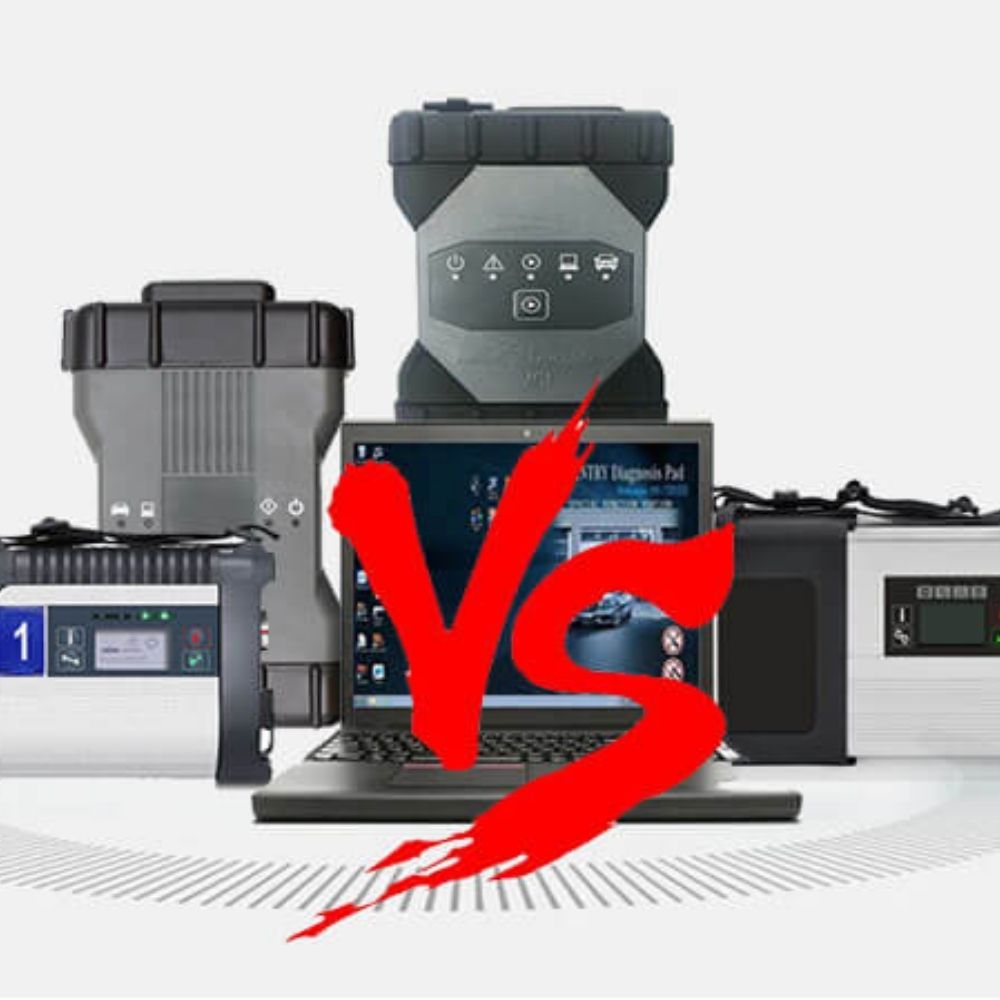
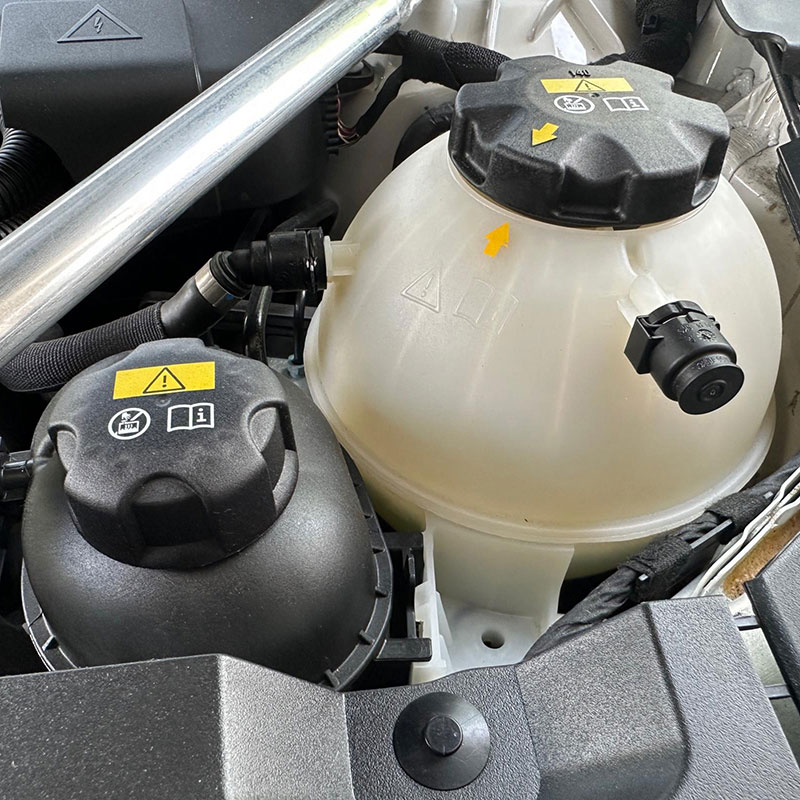
BMW Engine Coolant: Types, Function, and Proper Usage
Contents
- The Fundamental Role of Coolant in BMW Engines
- Essential Functions of BMW Engine Coolant
- Types of BMW Coolant
- OAT (Organic Acid Technology) Coolant
- HOAT (Hybrid Organic Acid Technology) Coolant
- IAT (Inorganic Acid Technology) Coolant
- BMW-Specific Coolant Formulations
- BMW Lifetime Coolant 87 (LC-87)
- BMW Lifetime Coolant 18 (LC-18)
- Proper Usage and Mixing of BMW Coolant
- Selecting the Correct Coolant for Your BMW
- Coolant Maintenance and Replacement
- Conclusion
BMW engine coolant is an essential fluid that plays a critical role in maintaining optimal engine performance and longevity. Beyond merely preventing overheating, BMW coolant serves multiple sophisticated functions that contribute to the overall health and efficiency of these premium vehicles. This comprehensive guide explores the types, functions, and proper usage of BMW engine coolant, providing valuable insights for BMW owners and enthusiasts.
The Fundamental Role of Coolant in BMW Engines
Engine coolant, also known as antifreeze, is a specialized fluid that circulates through a BMW’s cooling system to regulate engine temperature. BMW engines generate substantial heat during operation, with temperatures potentially reaching up to 120°C in warm climates. The coolant absorbs this excess heat and transfers it to the radiator, preventing engine overheating and potential damage.
Modern BMW coolant consists of water mixed with antifreeze concentrates containing chemical additives. These additives lower the freezing point, raise the boiling point, and inhibit corrosion within the cooling system. The cooling system components work together to ensure optimal temperature regulation, including:
- Water pump: Circulates the coolant.
- Thermostat: Controls coolant temperature.
- Radiator: Dissipates heat.
- Expansion overflow tank: Maintains pressure balance.
- Hoses and pipes: Transport coolant between components.
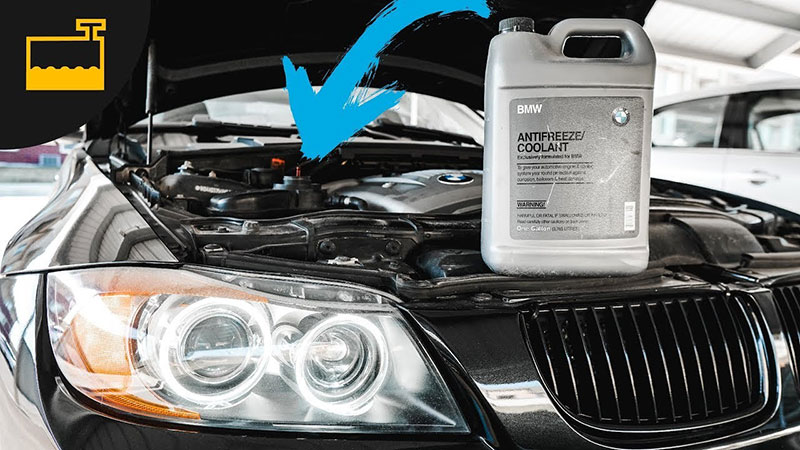
Essential Functions of BMW Engine Coolant
BMW coolant serves multiple essential functions, including:
- Temperature Control – Prevents overheating by transferring heat away from the engine.
- Freeze Prevention – Ensures the coolant remains liquid even in freezing conditions (-40°C).
- Corrosion Prevention – Protects metal engine components from rust and corrosion.
- Erosion Protection – Prevents electrolysis and component erosion.
- Component Durability – Extends the lifespan of rubber and plastic cooling system components.
- Lubrication – Reduces wear on the water pump and other moving parts.
Types of BMW Coolant
BMW has used various coolant technologies over time, including:
OAT (Organic Acid Technology) Coolant
- Made from organic acids, free of silicates.
- Used in many BMW models until the mid-2000s.
- Typically pink or reddish-orange.
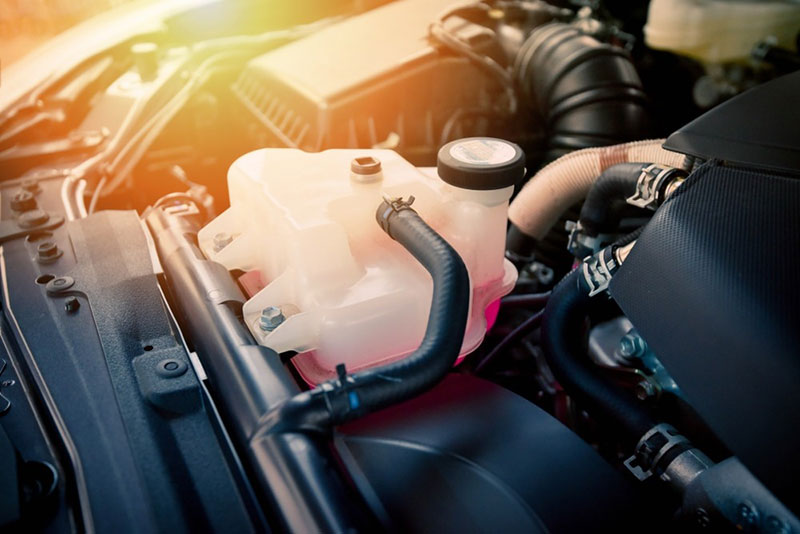
HOAT (Hybrid Organic Acid Technology) Coolant
- Mix of organic acids and silicates.
- Provides enhanced corrosion and frost protection.
- Typically blue or purple, used in many modern BMWs.
IAT (Inorganic Acid Technology) Coolant
- Contains silicate and phosphate inhibitors.
- Green-colored, used in older BMWs (pre-1990s).
BMW-Specific Coolant Formulations
BMW Lifetime Coolant 87 (LC-87)
- Used in most BMWs and Mini models up to June 2018.
- Ethylene glycol-based, protects against freezing, corrosion, and boiling.
- Common BMW part numbers: 83512355290, 83192211191.
BMW Lifetime Coolant 18 (LC-18)
- Used in most BMWs after July 2018.
- Si-OAT technology (silicon-organic acid technology).
- BMW part number: 83195A42DF3.
Proper Usage and Mixing of BMW Coolant
BMW coolant concentrates require proper mixing before use. The recommended ratio is 50% coolant concentrate and 50% distilled water, ensuring:
- Protection down to -40°C.
- Optimal heat transfer and corrosion resistance.
- Prevention of mineral deposits from tap water.
Using incorrect coolant can cause engine damage. If you’re unsure, consult your BMW owner’s manual or a professional.
Selecting the Correct Coolant for Your BMW
To determine the right coolant:
- Check the owner’s manual for specifications.
- Use BMW LC-87 for models before June 2018 and LC-18 for models after July 2018.
- Do not mix different coolant types to prevent chemical reactions.
- Ensure the coolant is NAP-free (nitrate, amine, phosphate-free) to protect aluminum engine components.
Coolant Maintenance and Replacement
To maintain optimal cooling performance:
- Regularly check coolant levels – The coolant should be between the MIN and MAX marks on the expansion tank.
- Replace coolant periodically – Every 2 to 5 years or 50,000 to 100,000 miles.
- Top up with the correct coolant type – If uncertain, use distilled water until a full coolant change is performed.
Ignoring coolant maintenance can lead to overheating, component wear, and costly engine repairs.
Conclusion
BMW engine coolant is a sophisticated fluid designed to optimize engine performance and longevity. Choosing the right coolant, using it correctly, and maintaining it regularly are essential for ensuring BMW engines operate efficiently. BMW owners should stay informed about the latest coolant formulations and adhere to maintenance schedules to keep their vehicles in top condition.
Need help with BMW diagnostics, coding, or programming? AutoExplain provides expert automotive support to help you maintain and enhance your BMW’s performance. Contact us today via WhatsApp at +1(936)2896695 for professional assistance!


Vediamo vs Xentry: What’s the Difference?
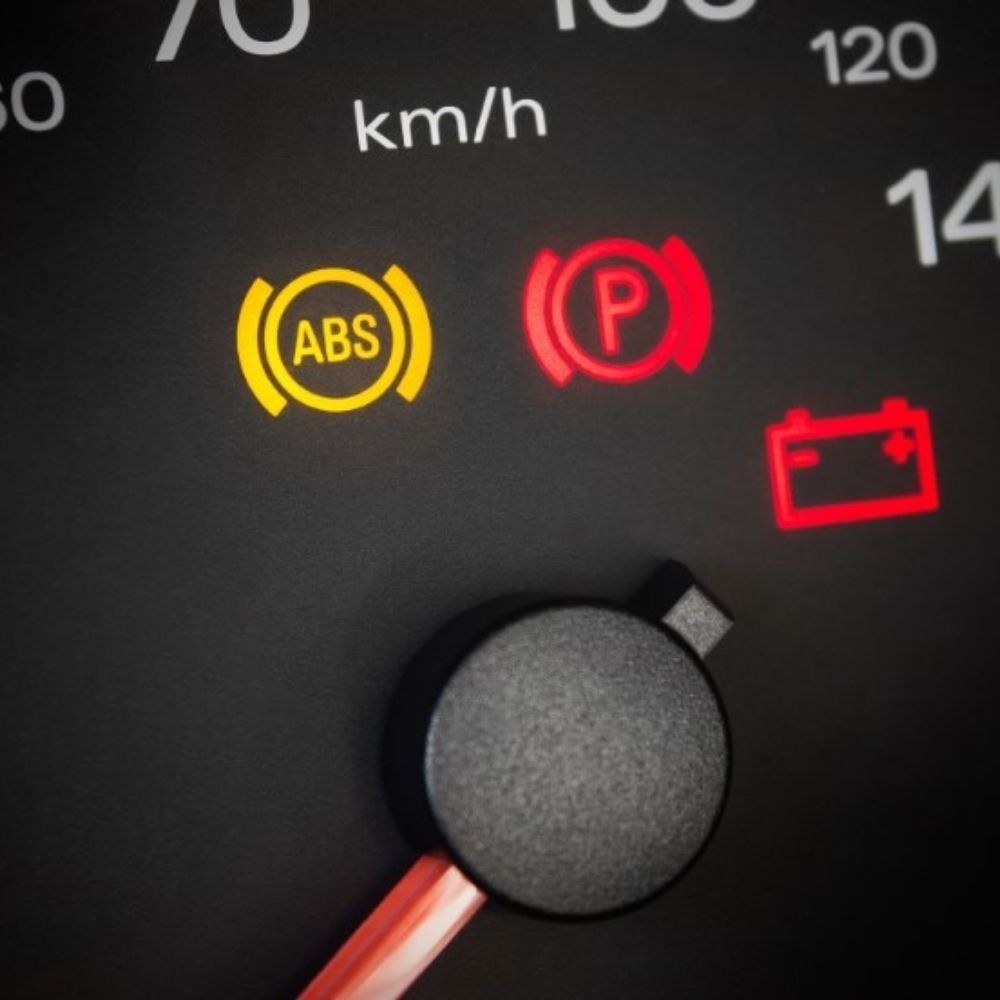
Why Did My ABS Light Come On? Four Reasons Update Latest
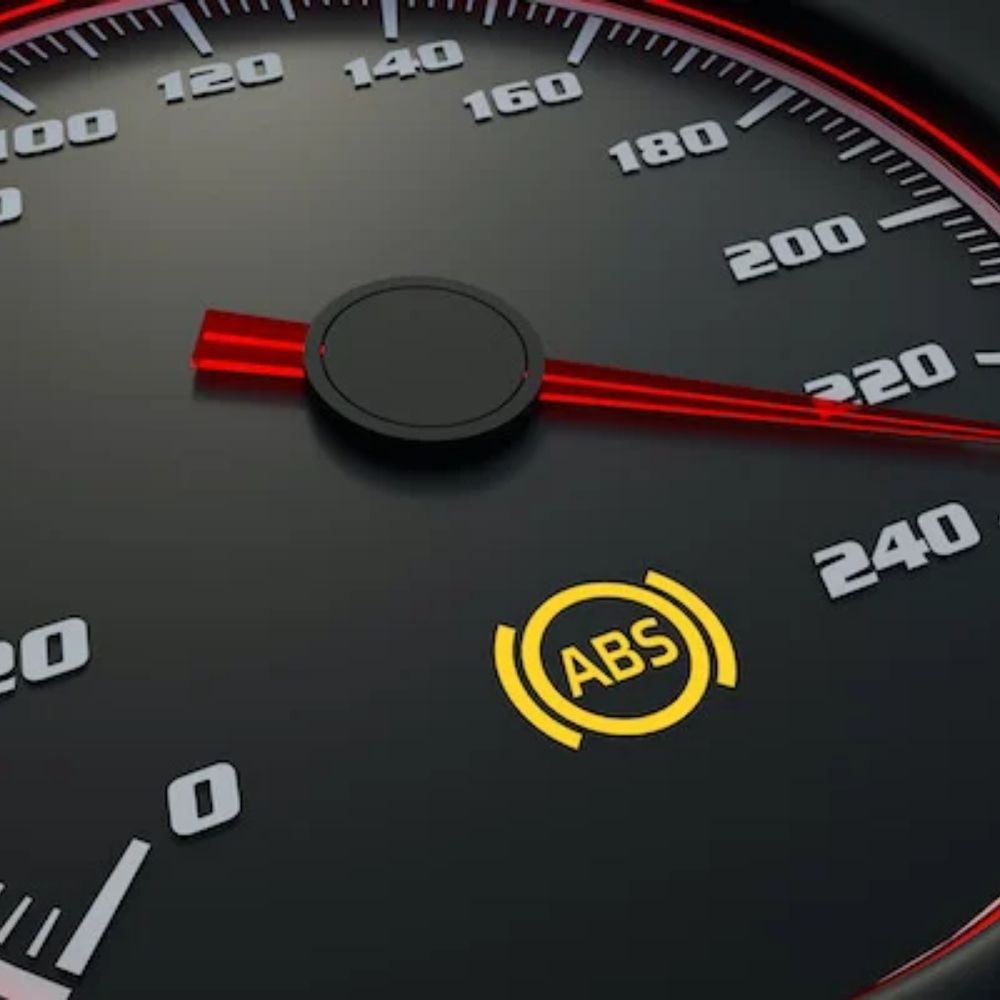
ABS Auto Brake Service – Anti-Lock Brake Service Cost





